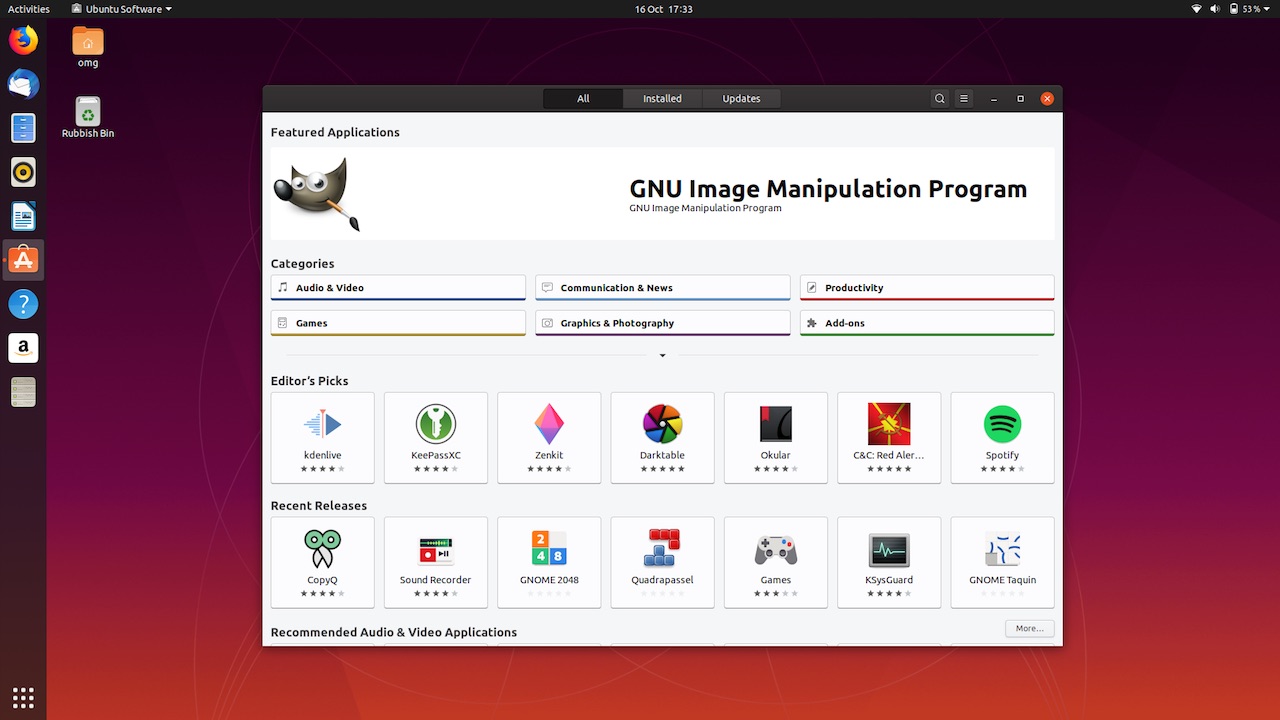Linuxembourg
Active Member
I've recently purged my Lubuntu of all the snaps I had installed, and the snapd/etc stuff that allows any snaps to run. It seems the snap versions of applications are bloated both in terms of installation size and RAM use.
Are Flatpaks and AppImages considered to be similar to Snap packages? Is there any advantage to installing them when the traditional package is available?
Are Flatpaks and AppImages considered to be similar to Snap packages? Is there any advantage to installing them when the traditional package is available?


